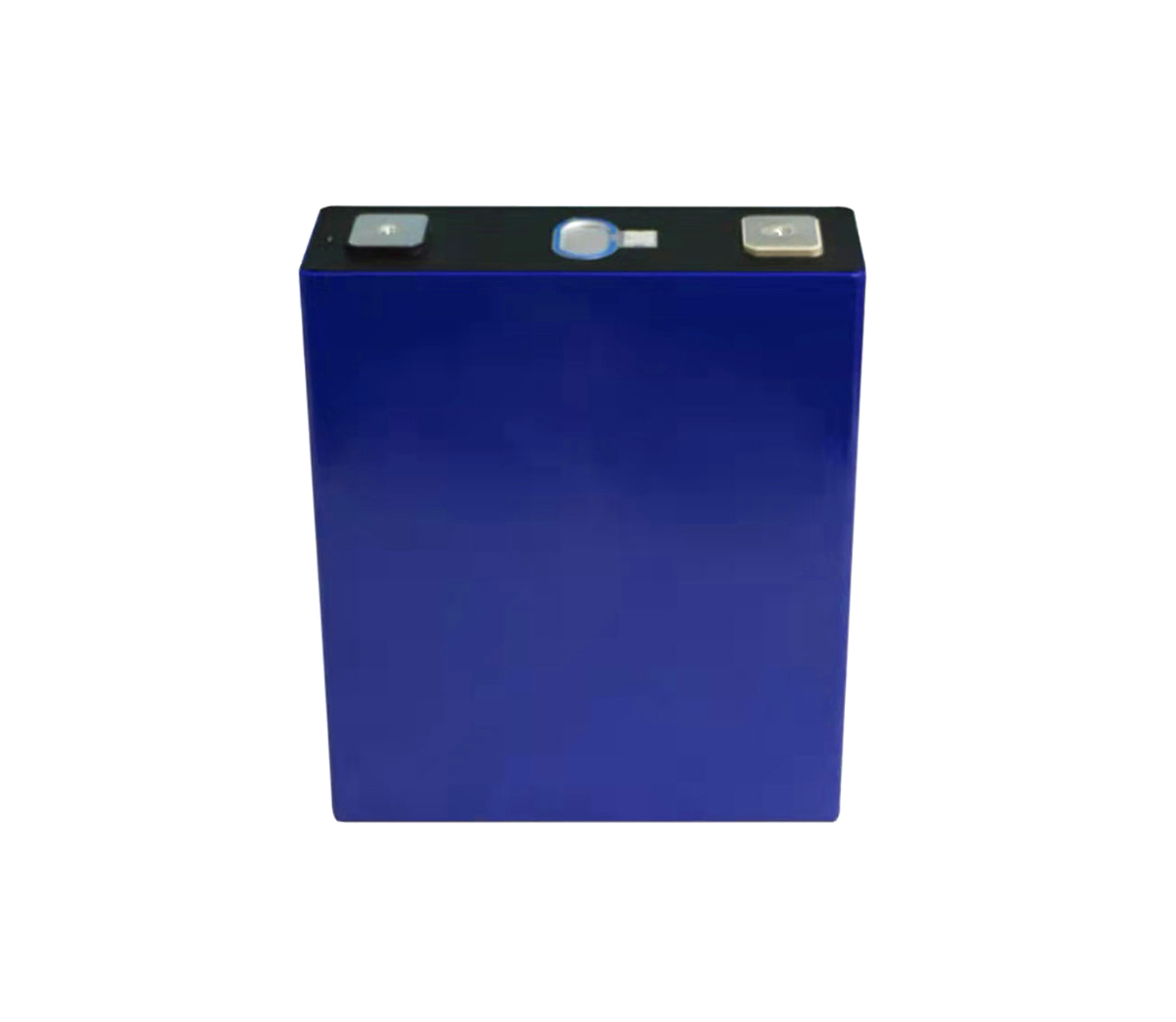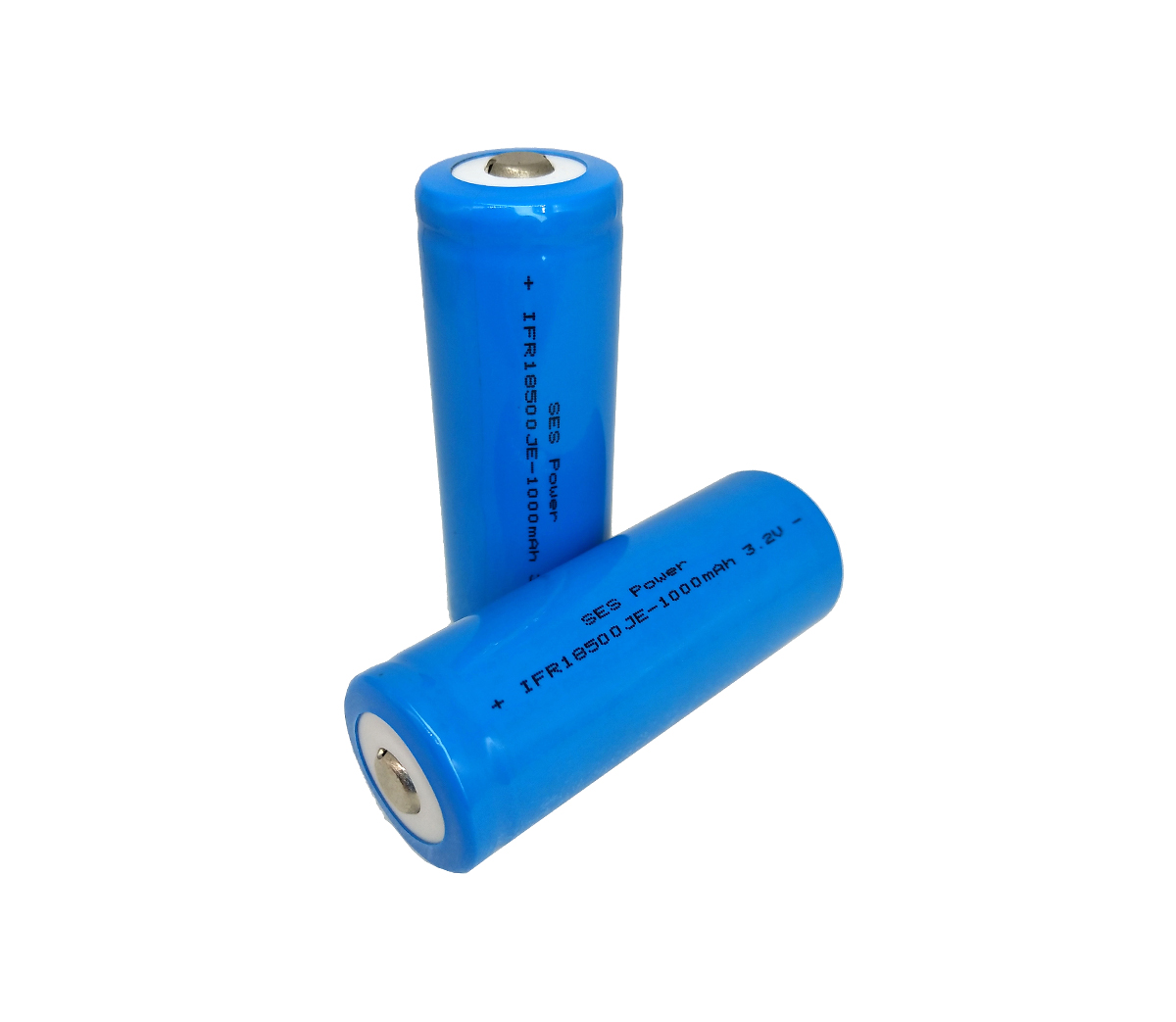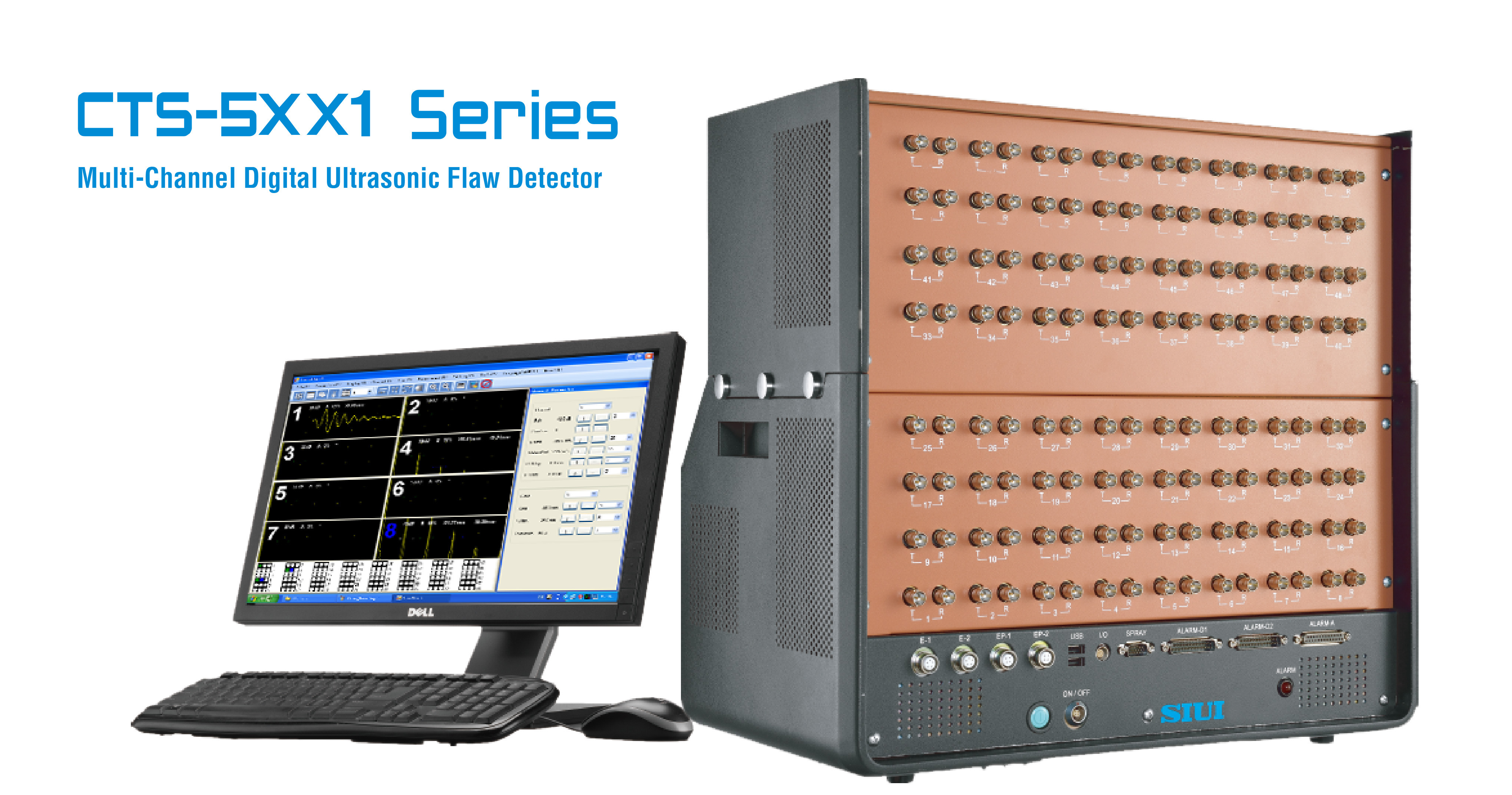
On the one hand, affected by the smog, the state's support for electric
vehicles has continued to increase, and power lithium batteries are facing rare
development opportunities. On the other hand, due to the delay in breaking
through obstacles such as battery endurance and safety, it is difficult to meet
the requirements of electric vehicles, resulting in continuous losses for
domestic power lithium battery companies and unsustainable.
However, when Tesla used nickel-cobalt-aluminum batteries to launch
high-end electric vehicles with a range of 300 to 400 kilometers, it rekindled
hope for the struggling domestic counterparts of lithium batteries.
"The bottleneck of electric vehicles lies in the battery. Only the battery
power problem can be solved, and other problems can be solved." Recently, Wang
Jingzhong, vice chairman of the China Battery Industry Association, said in an
interview that the primary battery industry such as dry batteries in my country
has matured and saturated. The future development focus of the domestic battery
industry will be rechargeable power batteries.
product update
Wang Jingzhong told reporters that the battery industry is mainly divided
into four major areas: the first is primary batteries, including paste
batteries, cardboard batteries, alkaline batteries, etc.; the second is
rechargeable batteries, such as lithium-ion batteries, nickel-hydrogen
batteries, and nickel. Cadmium batteries; the third is lead-acid batteries,
including car start batteries, electric bicycle batteries, industrial batteries,
and energy storage batteries; the fourth is solar cells and fuel cells.
"At present, the total output value of the entire domestic battery industry
is about 500 billion." Wang Jingzhong said, among them, the market for primary
batteries has become saturated and can fully meet people's daily needs. However,
other batteries cannot meet the growing needs due to their own defects, and they
are also in the stage of continuous updating.
For nickel-cadmium batteries, the heavy metal cadmium contained in them is
harmful to the human body and the environment, so it has been gradually
replaced. In contrast, nickel-metal hydride batteries do not contain heavy
metals and have twice the capacity, which has become the best substitute for
nickel-cadmium batteries.
Lithium-ion batteries are more environmentally friendly and have several
times higher capacity than Ni-MH batteries, so they are more suitable as power
batteries and will become the future development direction of the battery
industry.
Wang Jingzhong said that according to the different cathode materials,
lithium-ion batteries can be divided into lithium cobalt oxide batteries,
lithium manganese oxide batteries, nickel cobalt manganese ternary material
batteries, and lithium iron phosphate batteries.
However, although these batteries can be used as power batteries, if they
are used in the national key development of automobile power batteries, they all
have their own shortcomings and are difficult to meet the needs of electric
vehicles. For example, lithium iron phosphate batteries have the two major
advantages of long cycle life and high safety, but they have the fatal flaw of
small capacity.
Now, countries are constantly improving battery materials, and my country
has also used nanotechnology to improve the performance of lithium iron
phosphate batteries, but it still cannot meet the needs of electric vehicles. In
Wang Jingzhong's view, only by meeting the two basic requirements of safety and
endurance can power batteries be considered mature, but it will take at least
three to five years for our country.
find a breakthrough
At present, the main bottleneck restricting the development of electric
vehicles in my country is power lithium batteries. Wang Jingzhong said frankly
that my country has also studied power lithium batteries for many years.
Although there have been some advances in overall performance, there is still
not much breakthrough, especially in terms of endurance.
But why the electric car launched by Tesla in the United States can
increase the endurance to 300~400 kilometers?
"The lithium-nickel batteries used by Tesla are mainly
nickel-cobalt-aluminum ternary materials, and we are currently using
nickel-cobalt-manganese. This is a big breakthrough." Wang Jingzhong said,
"other than that, they are the most advanced There is also a battery management
system."
It is understood that Tesla in the United States connects 7000 to 8000
cylindrical batteries in series to form a battery pack. In the past, if one
battery in the battery pack was damaged, the entire battery pack could not be
used, but Tesla managed each battery in the battery pack individually, and
damage to one battery would not affect the energy supply of the entire battery
pack to the car.
"This advanced battery management system has also opened up new ideas and
directions for us." Wang Jingzhong said.
In addition, lead-carbon batteries that can achieve the effect of
supercapacitors are another development direction for power batteries.
In the past five years, a new type of energy storage device with high
efficiency, environmental protection and long life-supercapacitor has been
sought after by the industry. Its biggest feature is high-current discharge.
When the car is climbing or starting, its instantaneous discharge can give the
car enough horsepower, but it is difficult for the lithium battery to achieve
this effect.
However, the biggest drawback of supercapacitors is that they are too
bulky. In order to solve this problem, lead-carbon batteries perfectly integrate
the technology of lead-acid batteries and supercapacitors: it not only takes
advantage of the advantages of instantaneous large-capacity charging of
supercapacitors, but also has lead. The energy advantages of acid batteries also
improve bulky defects.
Using market rules to solve industry problems
In Wang Jingzhong's view, electric vehicles are bound to become a trend. If
electric vehicles can be popularized, power batteries, which account for
one-third of the cost, will also become a big industry. But for now, the
development of power batteries is still a huge system project, because the
entire industry is still very chaotic.
Irregular recycling of lead-acid batteries has become an important source
of lead pollution. According to statistics, more than 95% of electric vehicles
in my country use lead-acid batteries, and because of their excessive lead
content (74% of lead plates), these batteries will pollute the soil, groundwater
and air after they are discarded, thereby affecting Human health.
"The production and use of lead-acid batteries are mostly enclosed and will
not cause harm to the environment. The main culprit of lead pollution is the
recycling and treatment of waste batteries." Wang Jingzhong said that lead-acid
batteries are the earliest start-up batteries for automobiles. Previously, there
were as many as 3,000 domestic production companies. Through industry
rectification in recent years, companies that did not meet environmental
protection standards were eliminated. Currently, there are only more than 300
remaining. However, most of the lead-acid battery recycling and processing
companies are still "small workshops", and the situation is not optimistic.
"Due to the high recycling value of used lead-acid batteries, almost none
of the used batteries are discarded." Wang Jingzhong said, "However, the current
recycling situation is that the used batteries are taken away by small vendors
and sold to small workshops. Formal enterprises compete. But small traders.
Small traders have no cost or very little cost. Regular manufacturers need at
least millions, tens of millions or even hundreds of millions of yuan to
purchase a complete set of processing equipment, and the cost is very high."
In this regard, Wang Jingzhong suggested that the country should legislate
to regulate the recycling and disposal of used lead-acid batteries, implement
“replacement of old” and use the company’s battery sales channels to establish a
recycling network for used batteries. After they are scrapped, they can go to
regular dealers to replace new batteries. The value of waste batteries can be
offset against part of the price of new batteries. If you don’t replace used
batteries, new batteries will be sold at a higher price to solve the recycling
problem.
He also suggested that the country should also implement unified management
of the power battery industry and formulate strict industry standards.
Enterprises should also strengthen their innovation capabilities and learn from
some foreign advanced and mature technologies to make a leap forward.



































